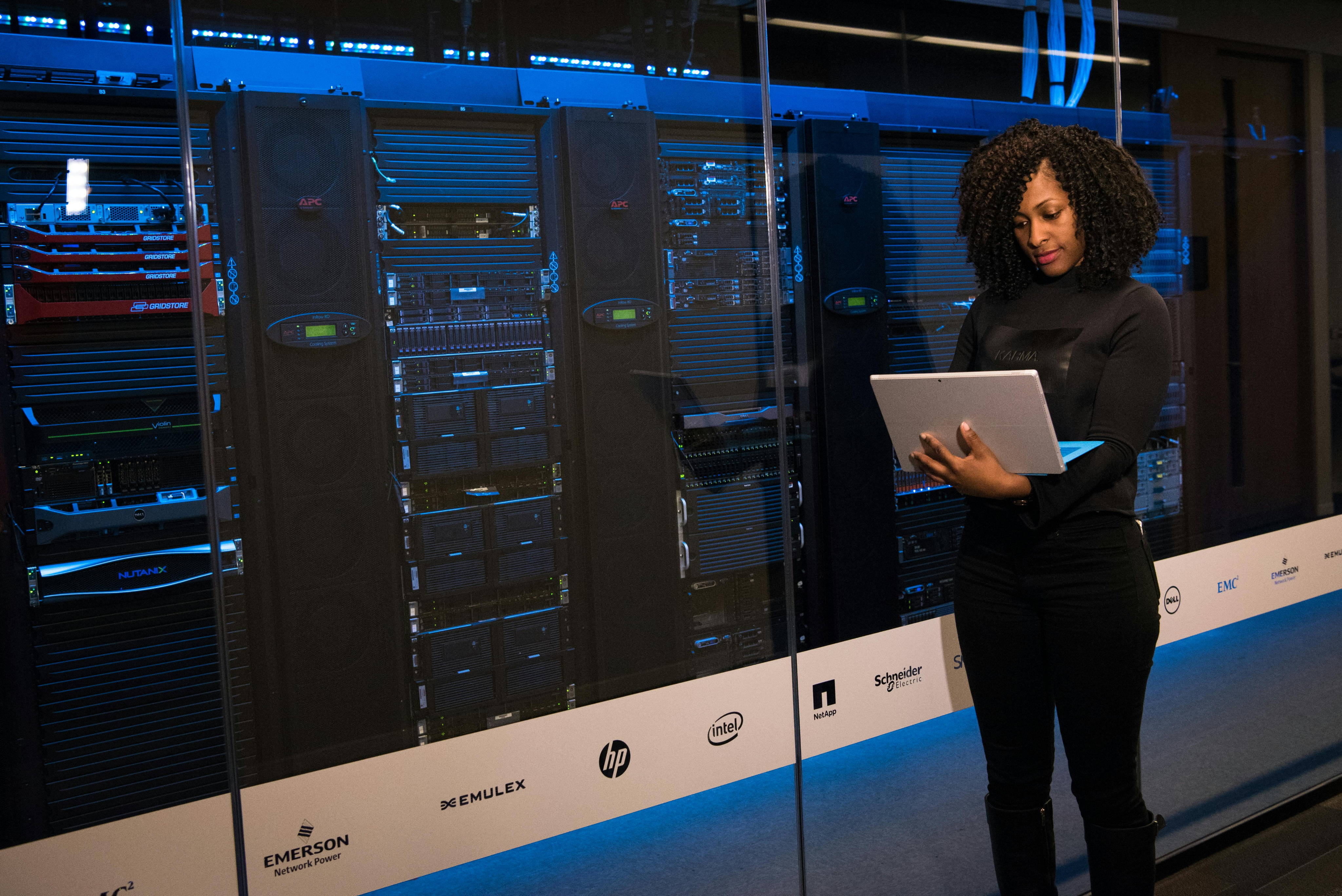
New Article on SSD Security
Nov 2, 2011

Find a similar article by tags
New Article on SSD Security
Nov 2, 2011

An article by SSSI member Tom Coughlin on Self Encrypting Drives was just published in the October edition of Storage Networking Solutions. Tom defines SED, discusses the advantages of a SSD SED, and forecasts the rate of adoption of this important technology. It starts on page 17.
Find a similar article by tags
Leave a Reply
New SSD Blog
Oct 31, 2011

Find a similar article by tags
Leave a Reply
New SSD Blog
Oct 31, 2011

SSSI member Jim Handy at Objective Analysis has started a blog dedicated to SSDs. Jim is an avid follower of the SSD market, and his blog will doubtless be a great resource.
You’ll find the link on the SSSI Blogroll.
Find a similar article by tags
Leave a Reply
What’s the story with NFSv4? Four things you need to know.
Oct 26, 2011

Experts from SNIA’s Ethernet Storage Forum are going to discuss the key drivers to consider working with NFSv4. For years, NFSv3 has been the practical standard of choice. But, times have changed and significant advances in the NFS standards are ready to address today’s challenges around massive scale, cloud deployments, performance and management.
Join our host Steve Abbott from Emulex and our content expert, Alex McDonald from NetApp, as these SNIA representatives discuss the reasons to start planning for deployment with NFSv4.
Date: November 8, 2011
Time: 11am ET
Register for a live webinar. http://www.brighttalk.com/webcast/663/35415
Find a similar article by tags
ethernetLeave a Reply
Now Available – The SSSI Blogroll
Oct 18, 2011

For those who don’t already know, a blogroll is a list of recommended blogs. The SSSI website now has a page dedicated to two such lists – SSD-specific blogs and general storage blogs that mention SSDs from time to time.
If you have a favorite storage blog that’s not listed, please send a link to the email address at the bottom of the blogroll page. Or add a comment to this post.
Just one more way that SSSI is working to be the source for all things SSD.
Find a similar article by tags
Leave a Reply
PTS Award Photo
Oct 12, 2011

Find a similar article by tags
Leave a Reply
PTS Award Photo
Oct 12, 2011

We had previously mentioned that the SSS Performance Test Specification won an award at the Flash Memory Summit.
A photo of the award is now available here.
Find a similar article by tags
Leave a Reply
Validating CDMI features – Server Side Encryption
Oct 5, 2011

One of the features of many storage systems and even disk drives is the ability to encrypt the data at rest. This protects against a specific threat – the disk drive going out the back door for replacement or repair. So it was only a matter of time before we would see this important feature start to be offered for Cloud Storage as well. Well, today Amazon announced their Server Side Encryption capability for their S3 cloud offering. This feature was anticipated by the CDMI standard interface when it was finalized as a standard back in April 2010.
Standard Server Side Encryption
So, how does CDMI standardize this feature? Well, as usual, it starts with finding out if the cloud actually supports the feature and what choices are available. In CDMI, this is done through the capabilities resource – a kind of catalog or discovery mechanism. By fetching the capabilities resource for objects, containers, domain or queues, you can tell whether server side encryption of data at rest if available from the cloud offering (yes this is granular for a reason). The actual capability name is: cdmi_encryption (see section 12.1.3). This indicates that the cloud can do encryption for the data at rest, but also indicates what algorithms are available to do this encryption. The algorithms are expressed in the form of: ALGORITHM_MODE_KEYLENGTH, where:
• “ALGORITHM” is the encryption algorithm (e.g., “AES” or “3DES”).
• “MODE” is the mode of operation (e.g.,”XTS”, “CBC”, or “CTR”).
• “KEYLENGTH” is the key size (e.g.,”128″,”192″, “256″).
So the cloud can offer the user several different algorithms of different strengths and types, or if it only offers a single algorithm (such as the Amazon offering), the cloud storage client can at least understand what that algorithm is.
So how does the user tell the cloud that she wants her data encrypted? Amazon does this with a proprietary header of course, but CDMI does it with standard Data System Metadata that can be placed on any object, container of objects, queue or domain. This metadata is called cdmi_encryption (see section 16.4), and contains merely a string with a value chosen from the list of available algorithms in the corresponding capability. There is also a cdmi_encryption_provided metadata value to tell the client whether their data is being encrypted or not by the cloud.
Lastly, there is a system-wide capability called cdmi_security_encryption (section 12.1.1) that tells the user whether the cloud does server side encryption at all.
Server side encryption is an important capability for cloud storage offerings to provide, which is why CDMI standardized this in advance of having cloud offerings available. We expect more clouds to offer this in the future, and customers to soon realize that – without CDMI implementations, these offerings are locking them in and causing a high cost of exiting that vendor.
Find a similar article by tags
CDMILeave a Reply
New Webpage about SSD Form-Factors
Oct 3, 2011








Leave a Reply